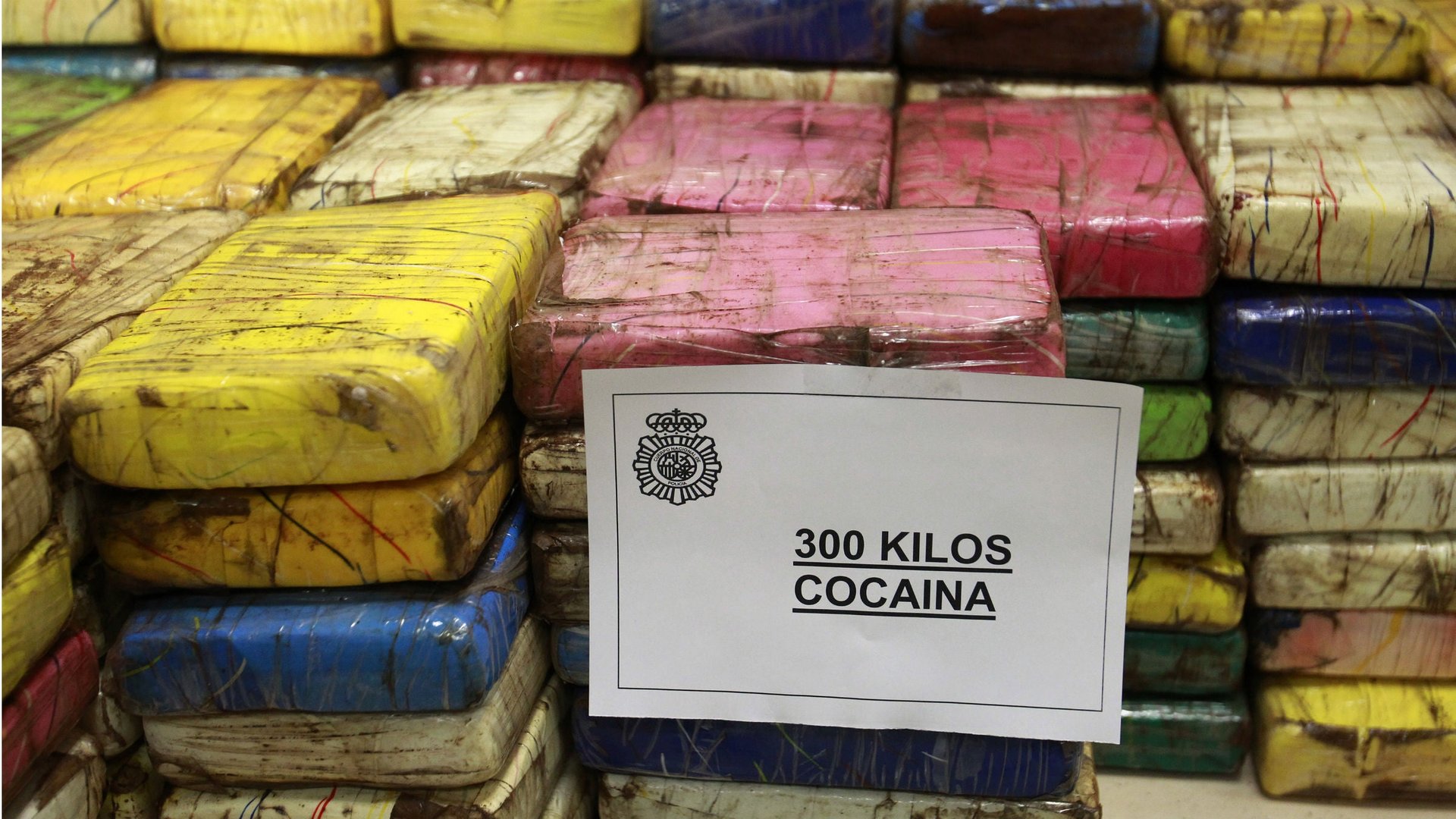Colombia is leading a massive resurgence in global cocaine production
A new report published this week by the United Nations shows global cocaine production is on the rise, reversing a long downturn in coca-plant cultivation that had started in 2000.


A new report published this week by the United Nations shows global cocaine production is on the rise, reversing a long downturn in coca-plant cultivation that had started in 2000.
Cocaine is extracted and processed from coca plants most commonly grown in South America, particularly in Colombia. Largely due to intensified government crackdowns on coca growers, 2000 marked the start of a 13-year downturn in cultivation. But by 2013, Colombian growers were emboldened by the emergence of more covert and modernized growing methods and a perceived decrease in the risk of being caught, according to the UN report (pdf). In the last three years, illicit coca-plant production in Colombia has skyrocketed, tripling from about 48,000 hectares to more than 146,000 hectares. That accounts for more than 68% of the 213,000 total hectares used to grow the plant globally, according to the UN. Colombia has typically grown the lion’s share of global coca plants, but the latest numbers reflect a new high.
The report notes that government seizures of cocaine have been on the rise in North America and Europe. In response, trafficking of the drug has shifted dramatically toward emerging markets in Asian and North African countries. Still, cocaine use is overwhelmingly more common in North America and Oceania (where most of the population resides in Australia)—and mostly by men—than in other parts of the world, according to the report.
In conjunction with the release of the drug report, UN secretary general António Guterres said in a statement that countries should embrace a “holistic” approach to decreasing illicit drug use, one that equally emphasizes rehabilitation and treatment for drug abuse, the promotion of economic alternatives to coca bush cultivation, and the reduction of trafficking and organized crime.